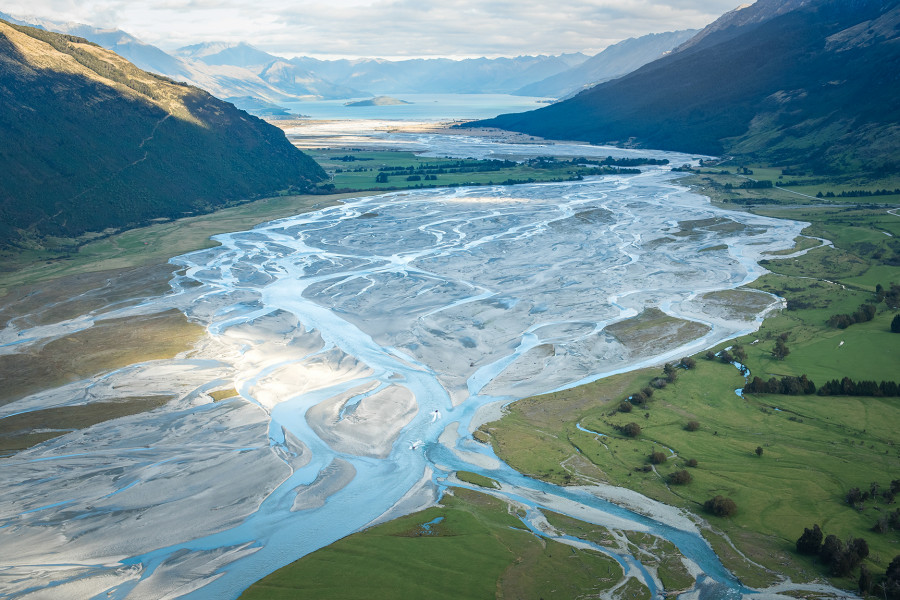Every trip with Dart River Adventures is different.
The varying water levels in the glacier-fed Dart River mean every journey is unique, allowing us to access different areas and showcase new features of the impressive geographic landscape.
Due to weather and our ever-changing wilderness environment, we can't always guarantee the exact route or locations you’ll visit (this includes inside the chasm). The vistas are stunning everywhere you look, so rest-assured you will always experience the beauty of this untouched paradise!
0800 327 853 / +64 3 442 9992
Contact us




